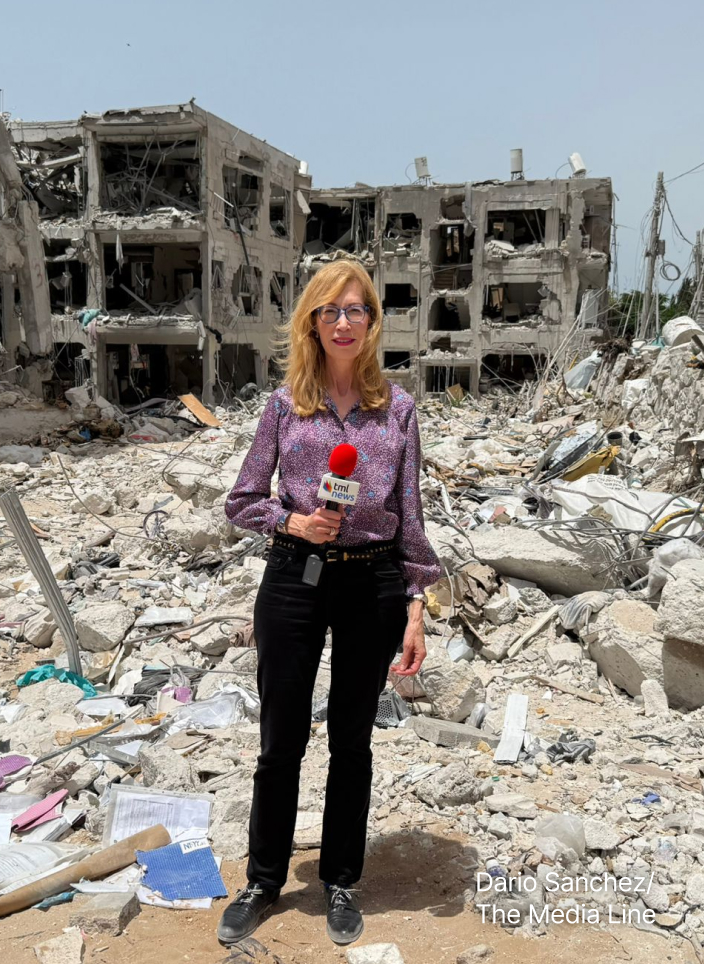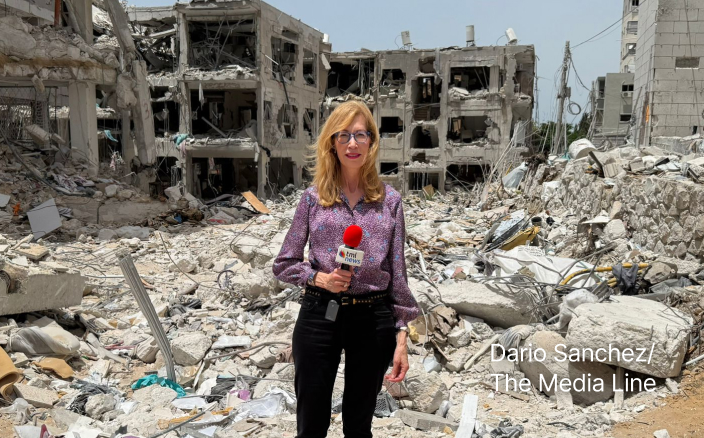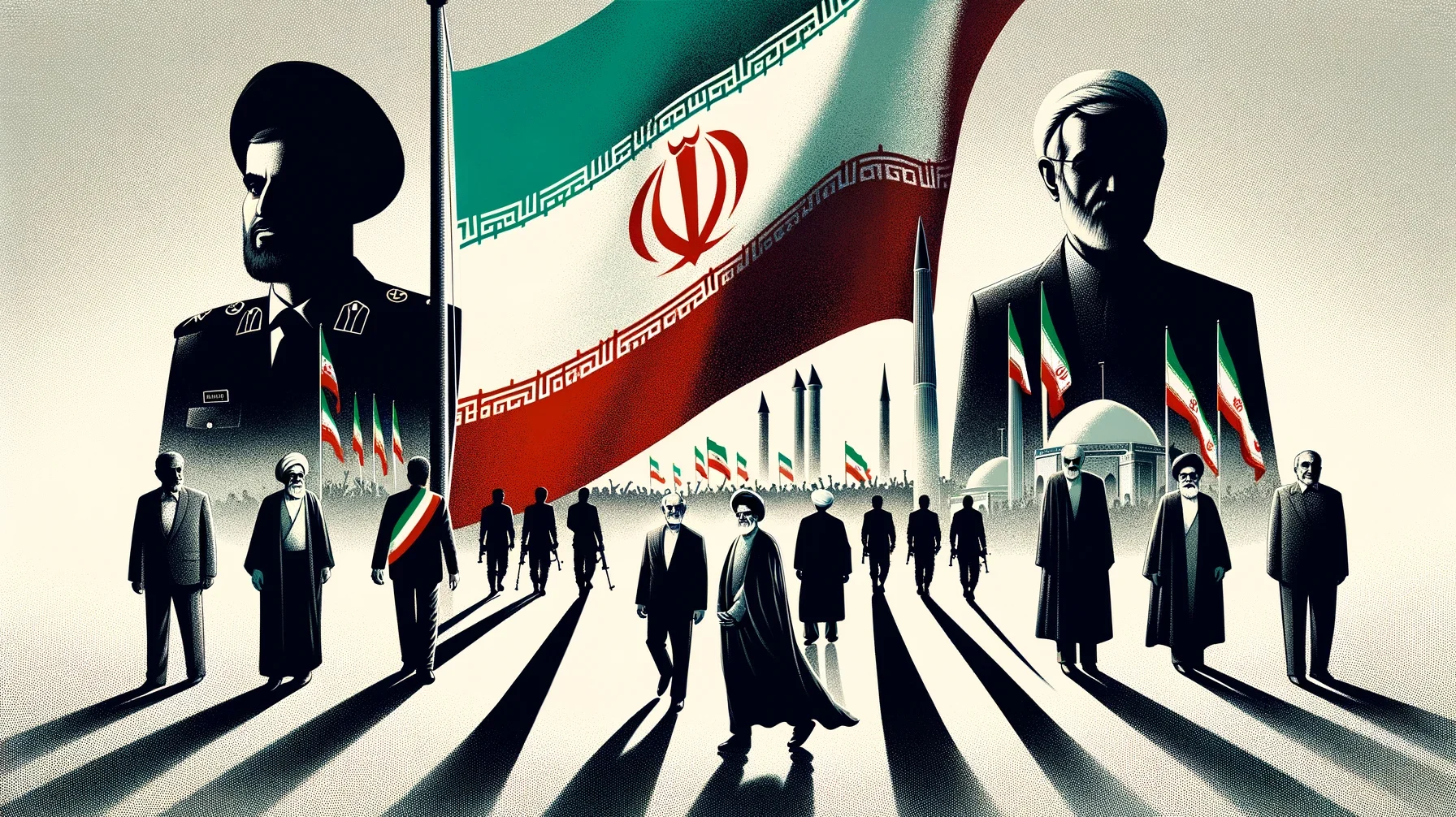Iran’s Future After Ebrahim Raisi
An-Nahar, Lebanon, May 24
The death of Iranian President Ebrahim Raisi could not have come at a more inopportune moment. As a central figure wielding significant influence at the head of the executive branch, his death leaves a gaping void during a pivotal transitional phase. This period, regarded by many Western experts on Iranian affairs as a precursor to the eventual departure of Supreme Leader Ali Khamenei, is critical in determining the future structure of the Iranian regime. This sensitive transitional stage will ultimately shape the new power configuration, likely led by Khamenei’s successor. Raisi’s sudden death will have profound repercussions domestically rather than internationally, given that Iran’s foreign policy is primarily managed by the supreme leader and his military apparatus, notably the Revolutionary Guards and a labyrinth of over 26 security agencies. Nevertheless, any internal disruption could reverberate across the various geopolitical theaters where Iran exerts influence—Iraq, Syria, Lebanon, Yemen, Palestine, and even Jordan. Domestically, the Iranian regime will now face intensified internal pressures. The ongoing conflict over succession will lead to a major reshuffling of the political landscape. Despite recent Reuters reports suggesting Raisi had been removed from the succession pool due to weak popularity, knowledgeable Arab sources confirm this is inaccurate. While Raisi did have low popularity, this was a widespread issue among the fundamentalist conservatives in power. Succession in Iran is less about popular appeal and more about a solid power base, grounded in alliances within the ultra-conservative religious movement and the security-military complex, particularly the Revolutionary Guards. It is crucial to note that the Revolutionary Guards extend far beyond mere military and security roles—they permeate economic, financial, social, cultural, and media domains. Subsequently, some Iranian affairs experts refer to the Revolutionary Guards as the “deep state.” New contenders may rise to prominence, and the nature of the regime may begin shifting from religious to more military and security-focused. The next leader may not wield the same extensive powers as Khamenei. Indeed, the selection of the third supreme leader is anticipated to involve far more intricate and nuanced negotiations than those preceding Khamenei’s ascension to power. The evolution of Iranian society over four decades has rendered such high-level decisions more complex. Though militarily stronger and geopolitically expansive, Iran’s future likely entails significant domestic challenges. The once voluntary mass support for the republic has waned, exacerbated by ongoing economic and financial woes, and the regime’s resistance to reform. Raisi’s era symbolized a regression amidst rapid societal changes spurred by technological advancements and social media. The next supreme leader will inherit a youthful society—overwhelmingly under 35 years old, with a considerable portion between 15 and 25. This demographic shift presents a formidable challenge. The transition from a theocratic regime to a military-dominated one may occur more swiftly than anticipated. Signs of this shift are evident in the expanding role of the Revolutionary Guards, further marginalizing the religious establishment, which has become a target of youth discontent. The “women’s revolution” following Mahsa Amini’s tragic death, despite being violently suppressed, unveiled the depth of societal transformation brewing in Iran. This movement is a harbinger of the medium-term changes that the nation is poised to undergo. —Ali Hamada (translated by Asaf Zilberfarb)
Give the gift of hope
We practice what we preach:
accurate, fearless journalism. But we can't do it alone.
- On the ground in Gaza, Syria, Israel, Egypt, Pakistan, and more
- Our program trained more than 100 journalists
- Calling out fake news and reporting real facts
- On the ground in Gaza, Syria, Israel, Egypt, Pakistan, and more
- Our program trained more than 100 journalists
- Calling out fake news and reporting real facts
Join us.
Support The Media Line. Save democracy.



